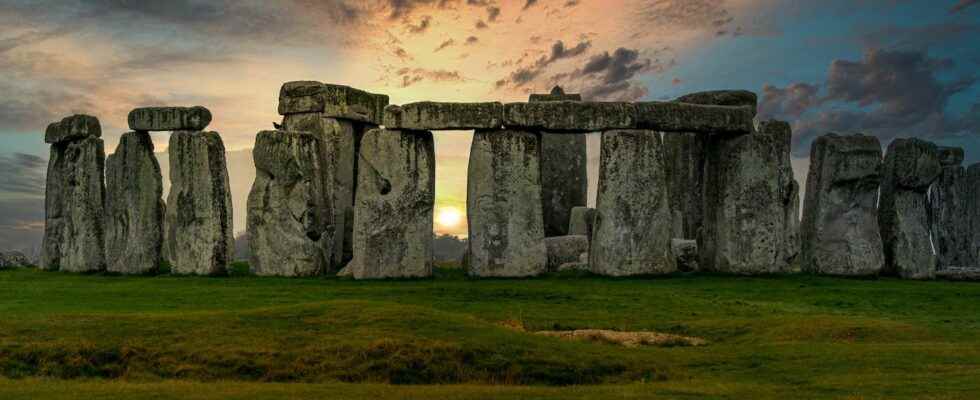Scientists have long seen the stones of Stonehenge as a kind of Neolithic calendar. Without having managed to really understand how it works. Today, researchers believe they have finally understood how the most imposing of these stones could mark the years in an incredibly precise way.
Sarsen Stones. These are blocks of sandstone like many in the UK. On the Stonehenge site, especially. They are found in the megaliths of the circle said, precisely, “of sarsen”. And according to Bournemouth University researchers (United Kingdom), these stones are at the heart of the mystery of Stonehenge.
Remember that it was first the alignment of the site with the solstices that alerted the scientists. Since the XVIIIand century, they thus consider Stonehenge as a kind of calendar. But without ever really having succeeded in unlocking the secret. Yet today, in light of new data on the sarsen stones and analyzes of other ancient calendars, researchers claim that the site was indeed designed as a calendar based on a solar year of… 365, 25 days!
Recent work had indeed shown that the stones that make up the sarsen circle all come from the same region. They were laid at the Stonehenge site in a unique phase of construction located around 2,500 years before our era. And they were never moved again. This suggests that the arrangement of these stones allowed the inhabitants of the region to follow the days, weeks and months of the year. “Find a solar calendar represented in the architecture of Stonehenge opens up a whole new way of seeing the monument as a place to live”underlines Timothy Darvill, professor at Bournemouth University, in a communicated. “A place where the calendar of ceremonies and festivals was tied to the very fabric of theuniverse to celestial movements in the heavens. »
A calendar may be inherited from another culture
And finally, this calendar worked in a very simple way – a little too simple for some researchers who question the reasoning. “Each of the thirty stones in the circle of sarsen represents a day in a month, itself divided into three weeks of ten days each.said Timothy Darvill, with distinctive stones in the circle marking the beginning of each week”.
To stick to our calendar, an intercalary month of five days was necessary. And an extra day every four years — as in our leap years. “This intercalary month, probably dedicated to the deities of the site, is represented by the five trilithons — composed of two vertical stones with a third placed horizontally on top — in the center of the sitesays Professor Darvill, the four Station Stones outside Sarsen’s circle provide notch markers until the extra day’.
It is thanks to this assembly, surprisingly precise for the time, that the solstices — in winter as in summer — are framed, each year, by the same stones. A way, perhaps also, for the elders, to make sure not to make a counting error in the days. Because the sun would then have been in the wrong place at the time of the solstice.
The use at Stonehenge of a calendar with ten-day weeks and an additional month could mark — as perhaps already suggested by the discovery of the Alpine origin of the Amesbury archer — the influence of a foreign culture. Because this type of calendar was for example used in the Eastern Mediterranean from 3,000 BC, in Egypt around 2,700 and in the Old Kingdom around 2,600 BC. But only other archaeological artefacts orDNA old could confirm it.
Interested in what you just read?
